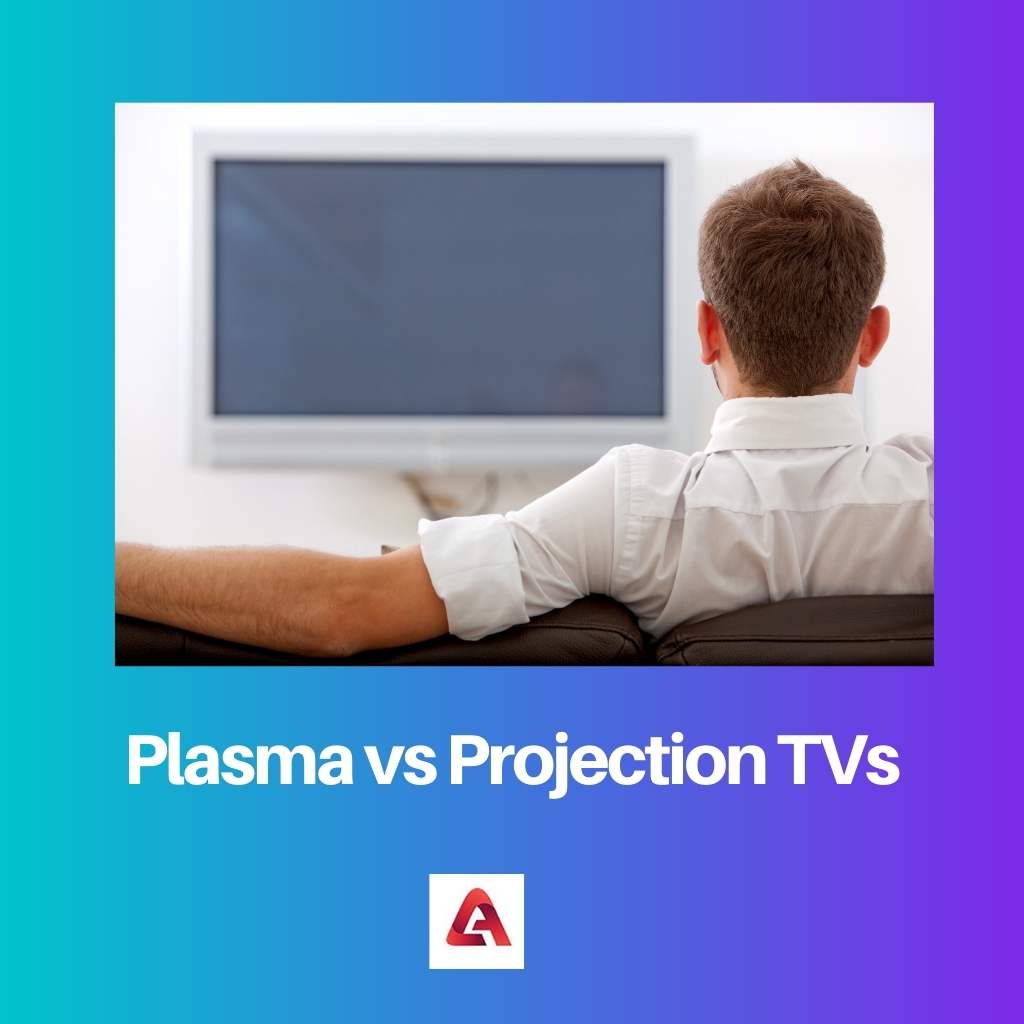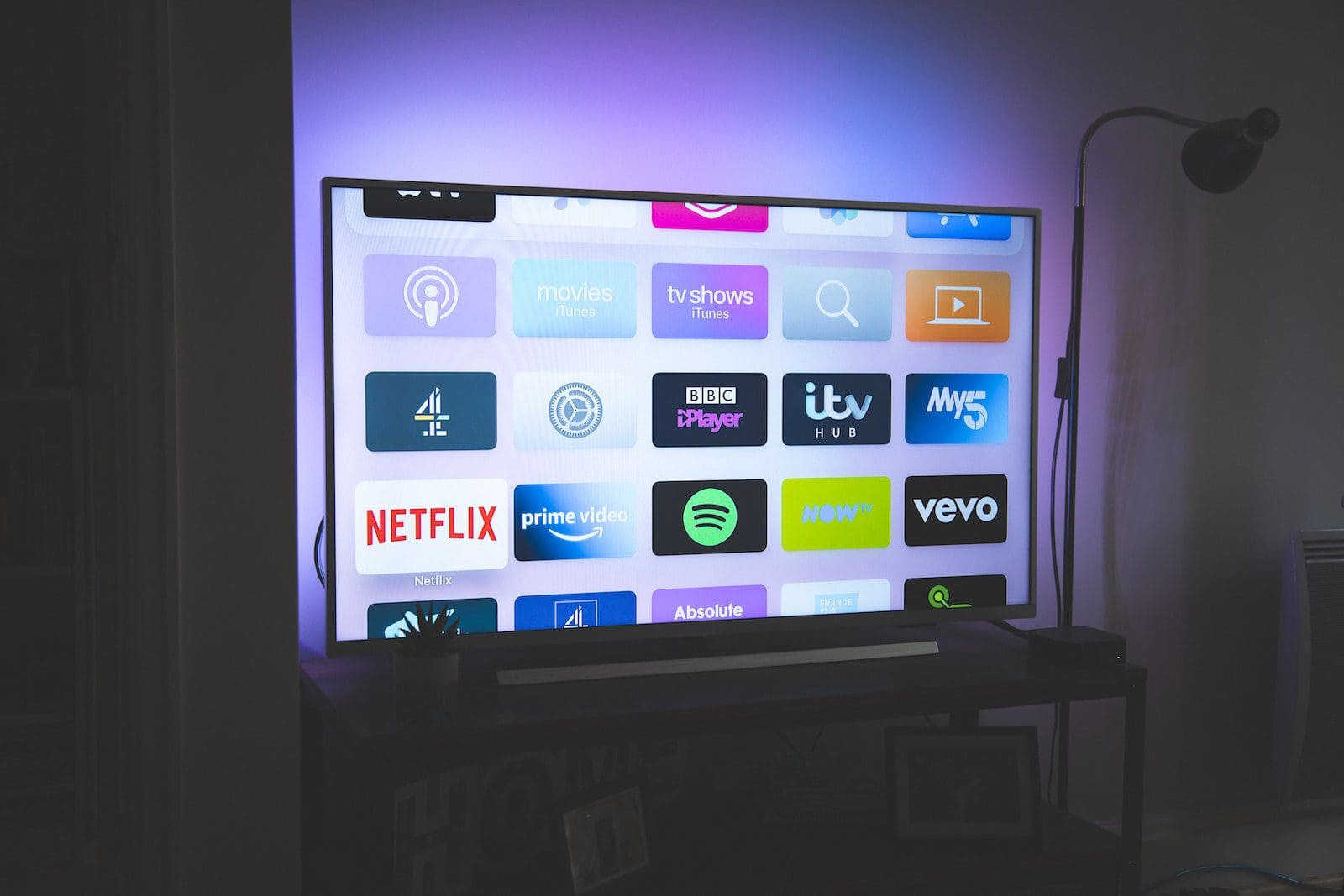Television has been a major source of entertainment for everybody for decades. There are so many other sources of entertainment that came after that, but TV remained constant.
There is so much evolution in technology that affects the designs, the features, and their advantages.
Television now comes in different shapes and sizes and with various features. Such two types of Television are Plasma TV and Projection TV. They both are very different in features and resolution, and the techniques used made them very distinct from each other.
Key Takeaways
- Plasma TVs provide better picture quality than Projection TVs.
- Projection TVs have a longer lifespan than Plasma TVs.
- Plasma TVs are more suitable for smaller rooms, while Projection TVs are better for larger rooms.
Plasma vs Projection TVs
Plasma TVs use small cells filled with electrically charged gas to produce the image. They offer deep black levels, good contrast, and wide viewing angles. Projection TVs use a lamp or LED light source and a projection lens to display the image on a screen. They can offer very large screen sizes, and tend to be more affordable.

Plasma TVs are in trend nowadays because of their thinner display and their high-quality image resolution. They use noble gases instead of the heavy picture tube, and thus the phosphorous get lightened up to display images.
They are designed to produce high-definition and standard TV signals. They are considered to be luxury because of the flat and wider display.
Projection TVs have very larger screens and have four types of Projection techniques. These techniques are Cathode rays Tube, Liquid Crystal Display, Digital Light Processing, and Liquid Crystal over Silicon.
They initially create small images and then project them onto the screen using light to enlarge the images.
Comparison Table
| Parameters of Comparison | Plasma | Projection TVs |
|---|---|---|
| Size | Plasma TVs are thinner and wider as they contain thin materials and are ideal for today’s trend. | They are of two types, one comes in very big and bulky sizes, while the other is thin and can be mounted on the wall. |
| Screen | They are of large size but less in comparison to the projection TVs.They are not space-consuming. | They are of very large size because they are projected to the contended size. They are very space-consuming. |
| Display | They provide better and higher-quality images as compared to that CRTs. | They have good image quality but less than that of Plasmas. |
| Techniques used | The technique used to display images is the use of hot plasma gas to lighten up the phosphorous and display the images. | Projection TVs only use beams of light to display the desired images. |
| Price | Plasma TVs, because of their high-quality image production, are much more expensive. | Projection TVs have larger screens but are still less expensive because of the quality of images. |
What is Plasma?
A flat panel television uses similar technology as that of CRT. Images in the Plasma TVs are displayed using the lighting of phosphorus, and in this case, this phosphorus is lighted by the hot gas called Plasma.
They are not space-consuming and more expensive than Projection TVs.
They are very thinner and wider as they contain very thin material, and now they are setting thin TV trends. They use coloured pixels from fluorescent bulbs to form an image where each pixel is lit up individually.
The pixels contain subpixels of different coloured phosphorus (Red, Blue, and Green) which further combines and forms the image.

What is Projection TV?
As its name suggests, Projection TVs have larger screens, just like Projectors and use the same techniques. They first produce a display image small, and then using a beam of light, they display that picture having a much larger size.
Two types of Projection TVs are available and have different ways of displaying the images.
First is front-projection display systems, the projectors are used apart from the screen. The lights then pick up the picture and get projected onto the screen.
The projector is used for reflecting the images in front of the screen. Another is Rear projection, the images are projected at the back of the screen rather than in the front.

Main Differences Between Plasma and Projection TVs
- Plasma TVs uses a gas called Plasma to light up the phosphorus that is responsible for displaying images, whereas Projection TVs simply display images on the screen using beams of light.
- Plasma TVs have a screen that are pretty wider and thinner, but Projection TVs can display images and project to the contended size and has much larger screens.
- The size of Plasma TVs are small, thinner and can be hung on the wall, whereas Projection TVs are bigger, space-consuming, and need a dark room and flat wall for projection.
- Plasma TVs are more expensive than projection TVs because of the high quality of images they produce and the less space-consuming reasons, whereas Projection TVs are less expensive as they are very space-consuming.
- The display of images by the Plasma TVs are of high quality because of the technique used, whereas Projection TVs have image quality less than that of plasma.



